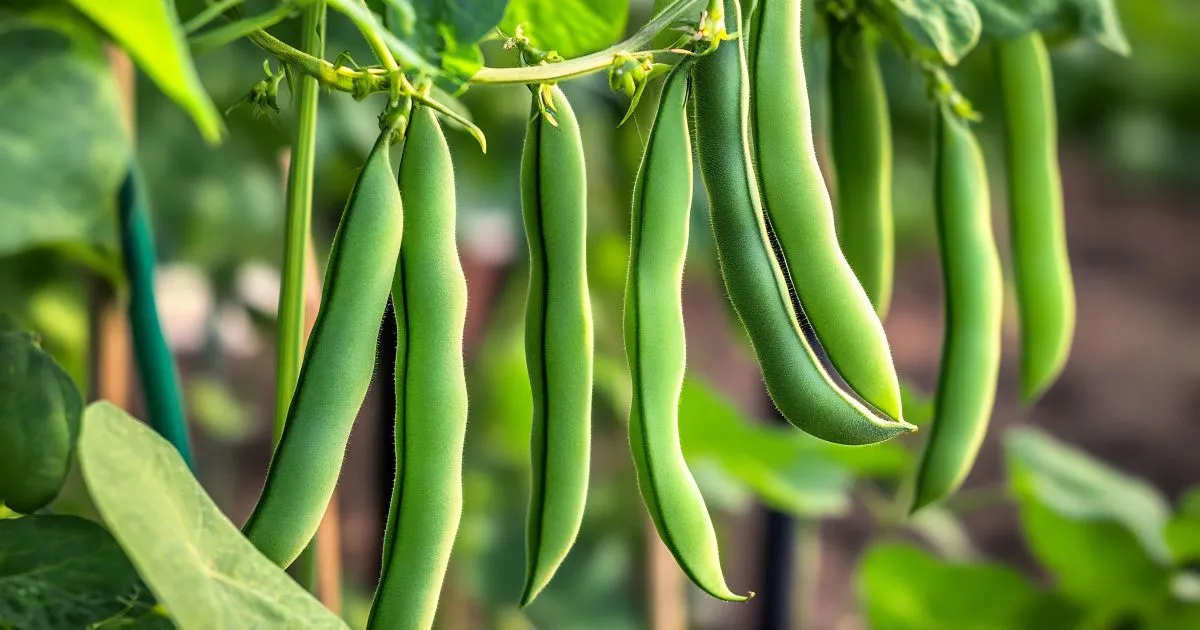Table of Contents
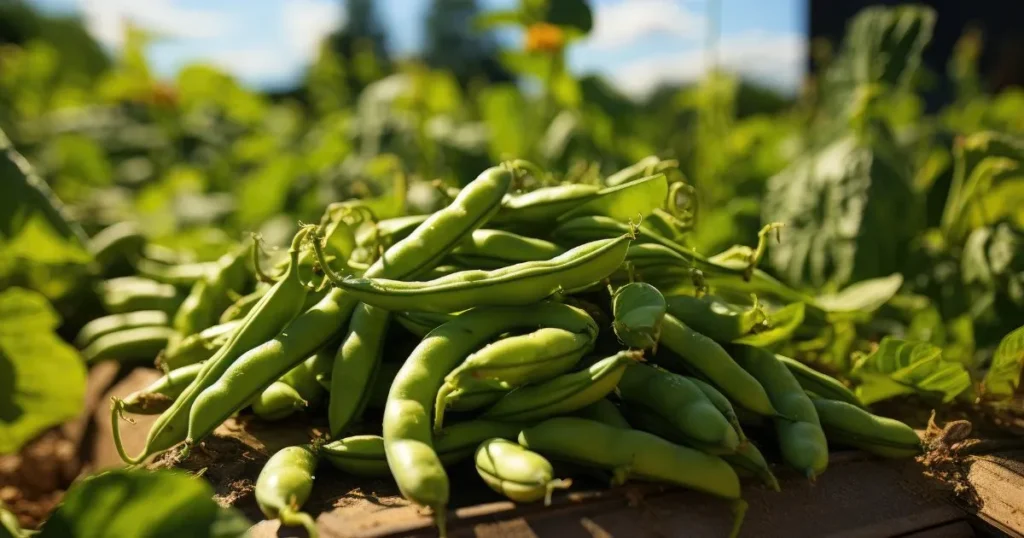
Introduction
Planting string beans is an enjoyable and rewarding gardening experience. Whether you are an experienced gardener or a beginner, growing your own string beans provides a fresh and nutritious food source while also enhancing soil quality. String beans, also known as snap beans or green beans, are relatively easy to cultivate and thrive in a variety of environments. They come in two primary types: bush beans and pole beans. Understanding how to properly plant, care for, and harvest string beans will ensure a plentiful yield throughout the growing season.
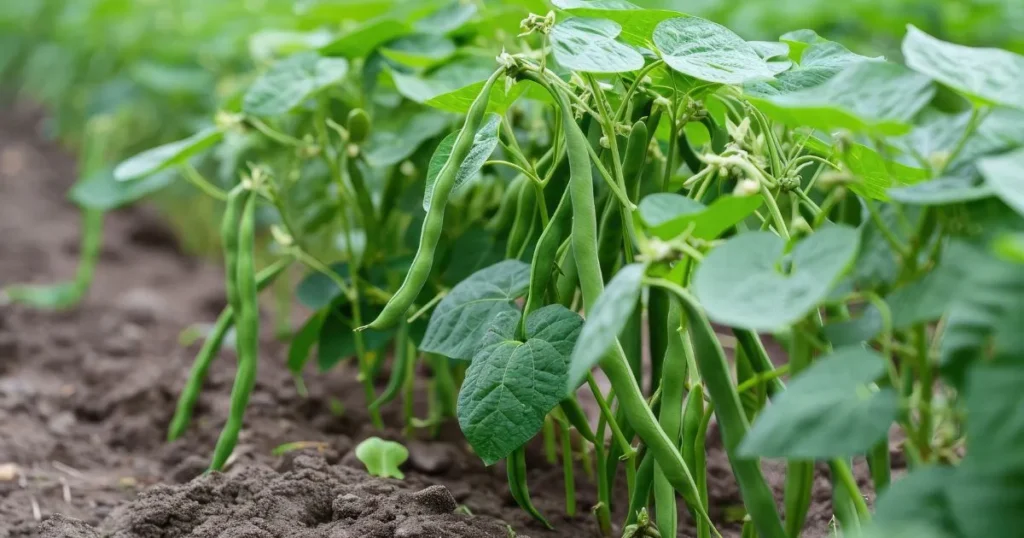
Benefits of Planting String Beans
Before we dive into the step-by-step process of planting string beans, let’s explore some key benefits:
1. High Nutritional Value
String beans are rich in fiber, vitamins A, C, and K, as well as essential minerals like iron and potassium. They contribute to a healthy diet and provide antioxidants that help boost immunity and improve overall well-being.
2. Easy to Grow and Maintain
One of the reasons why planting string beans is popular among gardeners is their simplicity. They require minimal maintenance, making them ideal for those with limited gardening experience.
3. High Yield and Fast Growth
String beans mature quickly, typically within 50-60 days after planting. Their high-yield nature ensures a continuous supply of fresh beans throughout the growing season.
4. Improves Soil Fertility
As part of the legume family, string beans naturally fix nitrogen in the soil. This improves soil fertility, benefiting neighboring plants and reducing the need for synthetic fertilizers.
5. Versatile in Culinary Use
String beans can be eaten raw, steamed, stir-fried, roasted, or incorporated into salads, soups, and casseroles, making them a versatile kitchen staple.
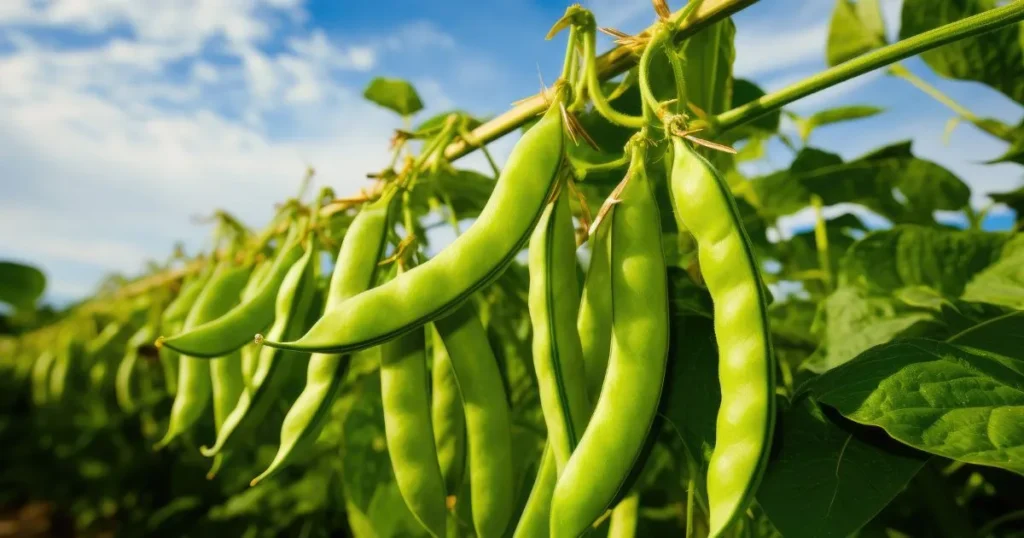
How to Plant String Bean
To ensure successful planting of string beans, follow these essential steps:
1. Selecting the Right Type of String Beans
There are two primary types of string beans:
- Bush Beans: Compact and do not require staking. Ideal for small gardens and container planting.
- Pole Beans: Grow as climbing vines and require support structures like trellises or stakes. They produce beans over a longer period.
2. Choosing the Right Location
String beans thrive in full sun. Choose a well-draining location with at least 6-8 hours of sunlight per day.
3. Preparing the Soil
- Ensure soil is loose and well-draining.
- The ideal pH level for planting string beans is between 6.0 and 7.0.
- Enrich soil with compost or organic matter for optimal growth.
4. Planting String Beans
- Directly sow seeds in the garden after the last frost when soil temperatures reach at least 60°F (16°C).
- Plant seeds 1 inch deep and space them 2-3 inches apart.
- Water thoroughly after planting.
5. Supporting Pole Beans
If growing pole beans, install trellises, stakes, or cages before planting to prevent damaging young plants later.
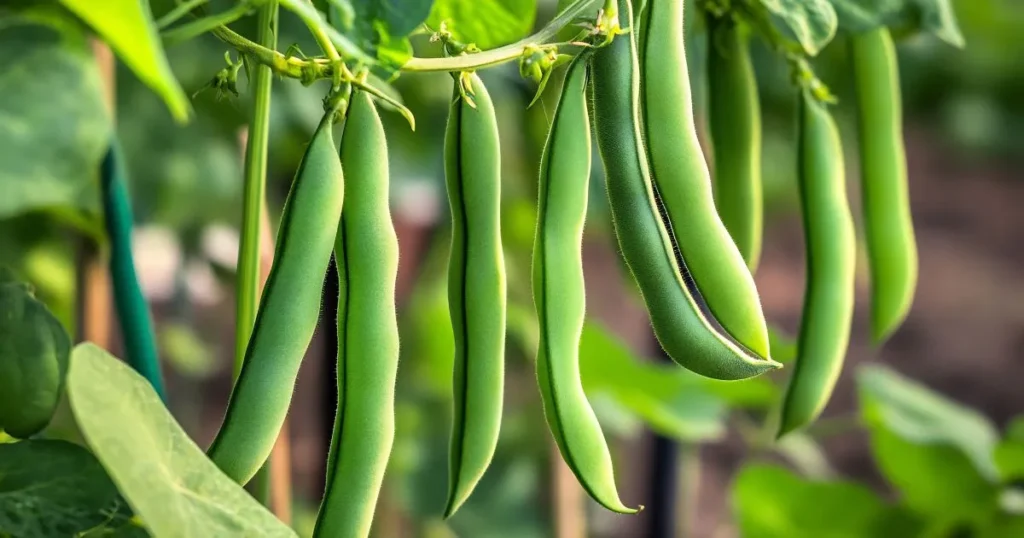
Caring for String Beans
1. Watering
- Water consistently, ensuring soil remains moist but not waterlogged.
- Avoid overhead watering to prevent fungal diseases.
2. Fertilization
- Use compost or a balanced fertilizer to enhance growth.
- Avoid excessive nitrogen to prevent excessive foliage with minimal bean production.
3. Mulching
- Apply mulch around plants to retain moisture and suppress weeds.
4. Pest and Disease Control
Common pests affecting string beans include:
- Aphids
- Bean beetles
- Spider mites
Use neem oil or introduce beneficial insects to control pest infestations naturally.

Harvesting and Storing String Beans
1. When to Harvest
- Harvest beans when they are firm and about 4-6 inches long.
- Pick them regularly to encourage continued production.
2. Harvesting Method
- Use scissors or gently snap off beans by hand to avoid damaging the plant.
3. Storing Your Harvest
- Store fresh beans in the refrigerator for up to a week.
- Blanch and freeze beans for long-term storage.
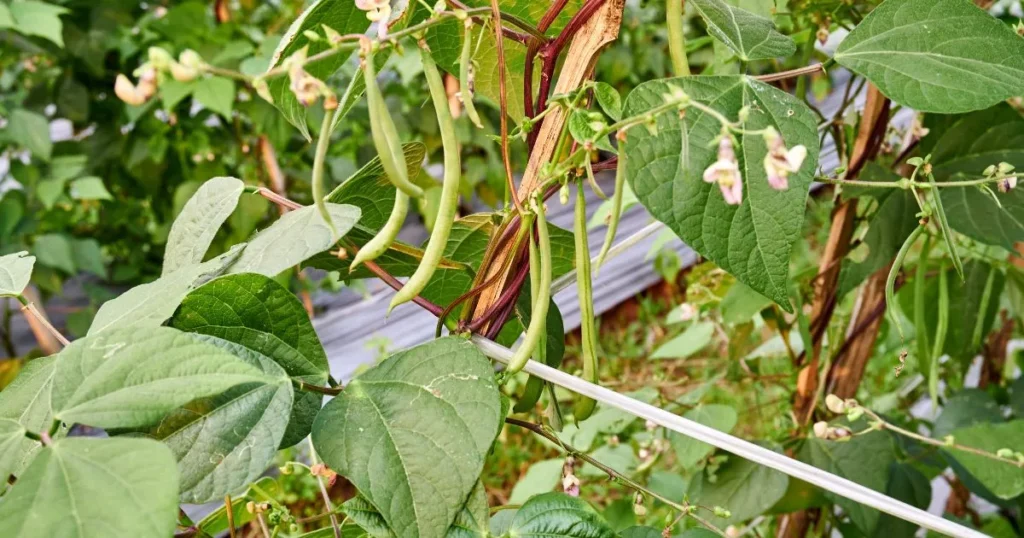
Common Mistakes to Avoid When Planting String Beans
1. Overcrowding the Plants
Proper spacing is crucial for good air circulation and disease prevention.
2. Overwatering
Too much water can lead to root rot. Ensure the soil is moist but not soggy.
3. Ignoring Pest Problems
Regularly inspect plants for pests and take immediate action to prevent infestations.
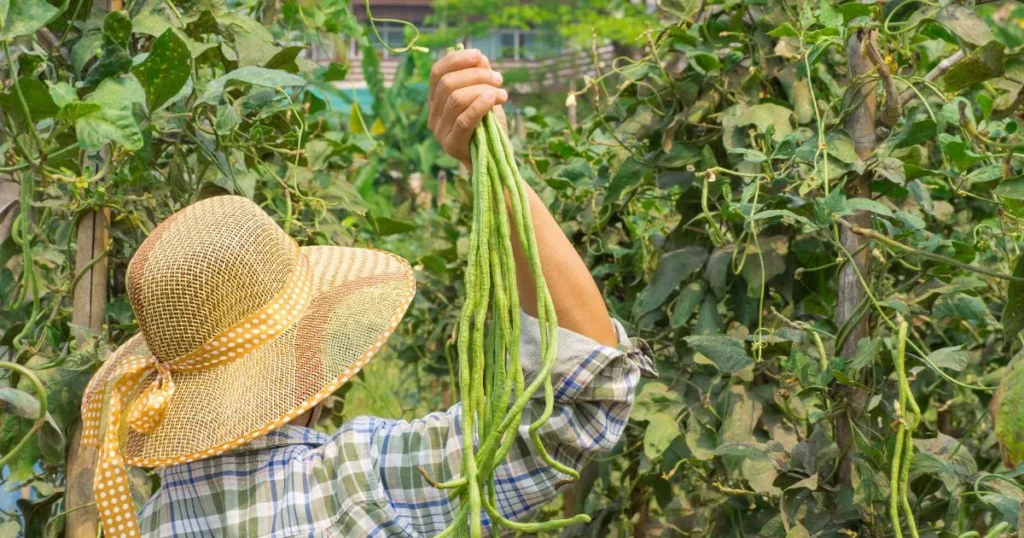
Conclusion
Planting string beans is a fulfilling and beneficial gardening practice. By following proper planting techniques, providing adequate care, and avoiding common mistakes, you can enjoy a bountiful harvest of fresh, nutritious beans. Whether growing bush beans for a quick crop or pole beans for extended production, string beans are a great addition to any garden.
FAQ
1. How long does it take for string beans to grow?
String beans typically take 50-60 days to mature after planting.
2. Do string beans need a trellis?
Bush beans do not require support, but pole beans need trellises or stakes to climb.
3. Can I plant string beans in containers?
Yes! Use a deep container with good drainage and provide support if growing pole beans.
4. What is the best time to plant string beans?
Plant string beans after the last frost when soil temperatures are above 60°F (16°C).
5. How do I keep pests away from my string beans?
Use row covers, introduce beneficial insects, and apply natural repellents like neem oil.
6. Can I plant string beans next to other vegetables?
Yes! String beans grow well with carrots, cucumbers, and lettuce but should not be planted near onions or garlic.

